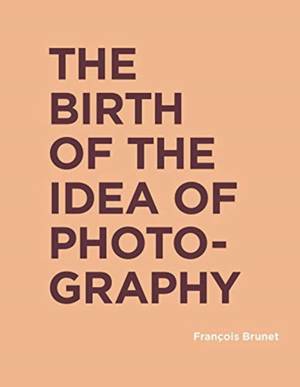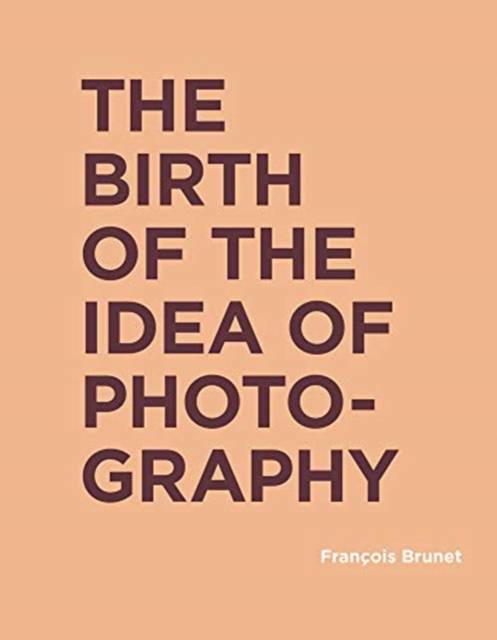
- Retrait gratuit dans votre magasin Club
- 7.000.000 titres dans notre catalogue
- Payer en toute sécurité
- Toujours un magasin près de chez vous
- Retrait gratuit dans votre magasin Club
- 7.000.000 titres dans notre catalogue
- Payer en toute sécurité
- Toujours un magasin près de chez vous
Description
This influential text by French historian and theorist François Brunet considers the invention and history of photography as the birth of an idea, rather than a new type of image. This "idea photography" combines a logical theme--that of an art without artistry--and the democratic political promise of an art for all. Officially endorsed by the 1839 French law on the daguerreotype, this idea reverberated throughout the nineteenth century in Europe and America. Brunet shows how emerging image technologies and practices in France and Britain were linked to this logical/political construction of photography, from the earliest researches of Nicéphore Niépce, Louis-Jacques-Mandé Daguerre, and Henry Fox Talbot up to the turn of the twentieth century. The parallel development of the Kodak camera and Alfred Stieglitz's "straight" vision in the United States then fulfilled, while also depreciating, the utopian promise of photography for all. This history reached a provisional climax with the reflections on images by Ralph Waldo Emerson, Hippolyte Adolphe Taine, Sigmund Freud, Henri-Louis Bergson, and Charles Sanders Peirce, reflections that both demonstrated the novelty of photography and forecast many later debates on its technology and aesthetics.
The Birth of the Idea of Photography has been enriched with more than fifty photographs, reproduced in color, from North American and European collections. This edition also features a new preface by the author.
Spécifications
Parties prenantes
- Auteur(s) :
- Editeur:
Contenu
- Nombre de pages :
- 304
- Langue:
- Anglais
- Collection :
Caractéristiques
- EAN:
- 9780262043267
- Date de parution :
- 12-11-19
- Format:
- Livre relié
- Format numérique:
- Genaaid
- Dimensions :
- 183 mm x 236 mm
- Poids :
- 1156 g







